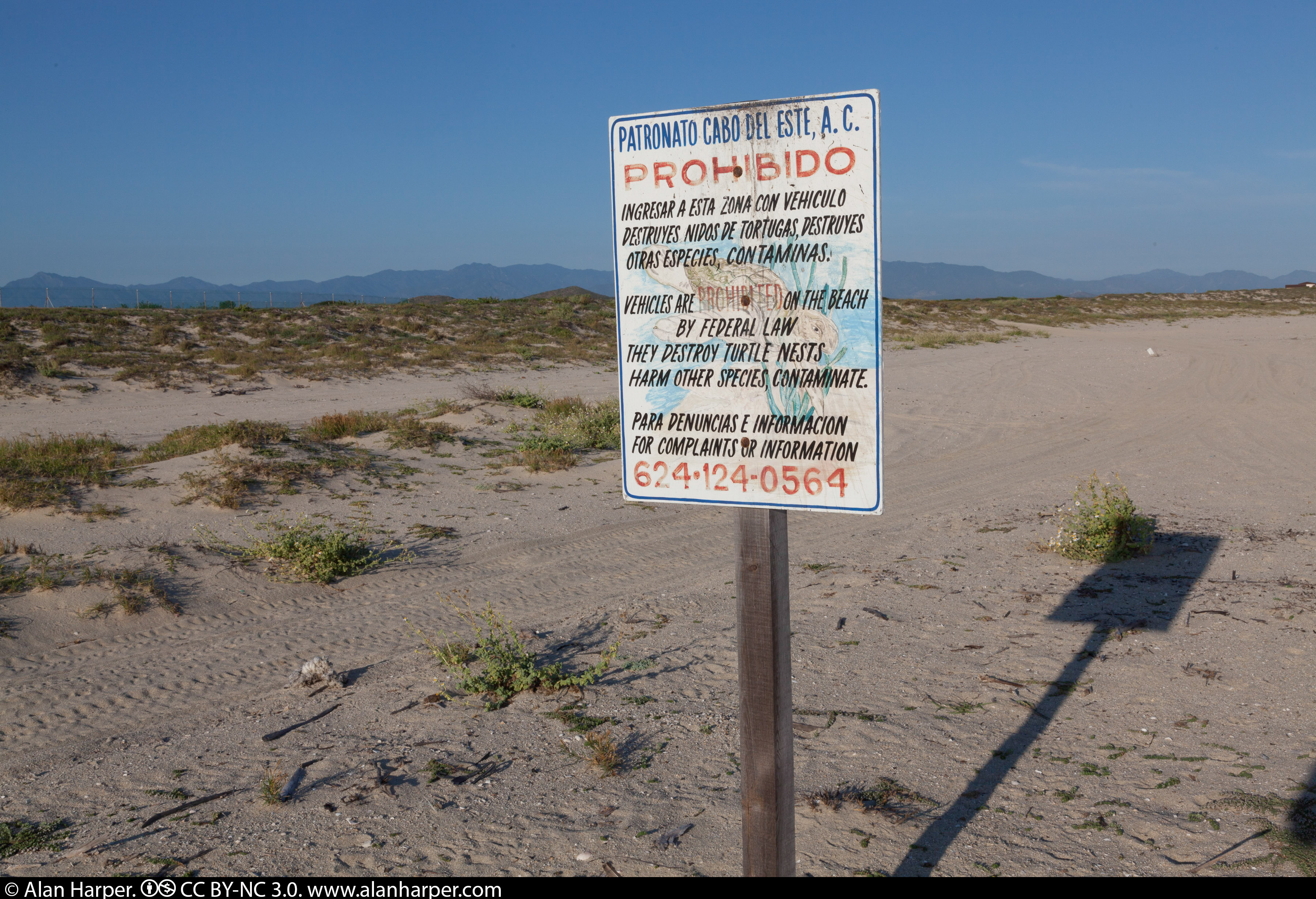This post has been authored by Anamika Kundu, a fourth year student at West Bengal University of Juridical Sciences (WBNUJS), Kolkata. It discusses Section 31D of the Copyright Act (put year), introduced in the 2012 Amendment. With the advent of smartphones and numerous interactive mobile applications, listening to music through apps have become a common…
Tag: Media Law
Emergence of OTT Market in India: Regulatory and Censorship Issues
This post has been authored by Gaurav Kumar, a 3rd year student at Dr. Ram Manhar Lohiya National Law University (RMLNLU), Lucknow. He is also a Contributing Editor at the RMLNLU Arbitration Law Blog. The media industry in recent times is witnessing a revolution when it comes to censorship of streaming content. As compared to theatres…
Is Embedding a YouTube Video Legal?
This piece has been authored by Jubin Jay, a final year student at National Law University, Odisha (NLUO). A lot of people use YouTube videos to enhance their online articles or webpages. Some provide a regular link to the YouTube video while some provide with an embedded link of the same. While embedding, the video…
Article 13 of the EU Copyright Directive: A license to gag freedom of expression globally?
The following post has been authored by Bhavik Shukla, a fifth year student at National Law Institute University (NLIU) Bhopal. He is deeply interested in Intellectual Property Rights (IPR) law and Technology law. In this post, he examines the potential chilling effect of the EU Copyright Directive. Freedom of speech and expression is the bellwether…
Law Commission Media Law Consultation – Panel V, Social Media
(Image Source: https://flic.kr/p/e5wZ3t) The following is a post by Aman Gupta, a fourth year student at NUJS, covering the fifth panel of the Law Commission’s Media Law Consultation. Aman is currently the Director of the NUJS Society of International Law and Policy, and his areas of interest include Sports Law and Media Law. This post brings forward some…
Law Commission Media Law Consultation – Panel I, Self Regulation v. Statutory Regulation
(Image Source: https://flic.kr/p/hzrA2W) The following is a post by Shashank Singh, a third year student at NUJS, covering the first panel of the Law Commission’s ongoing Media Law Consultation, Self-Regulation v. Structural Regulation. Shashank currently serves as Associate Editor for the NUJS Law Review, and his areas of interest include Constitutional Law, Media Law and IPR. The Law…

